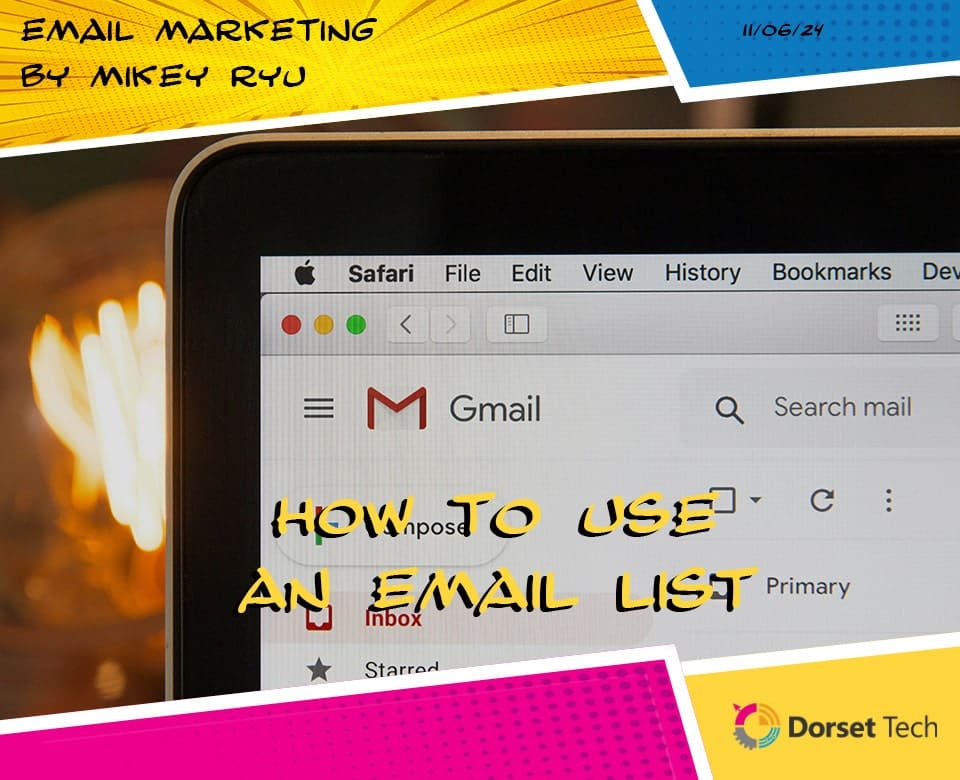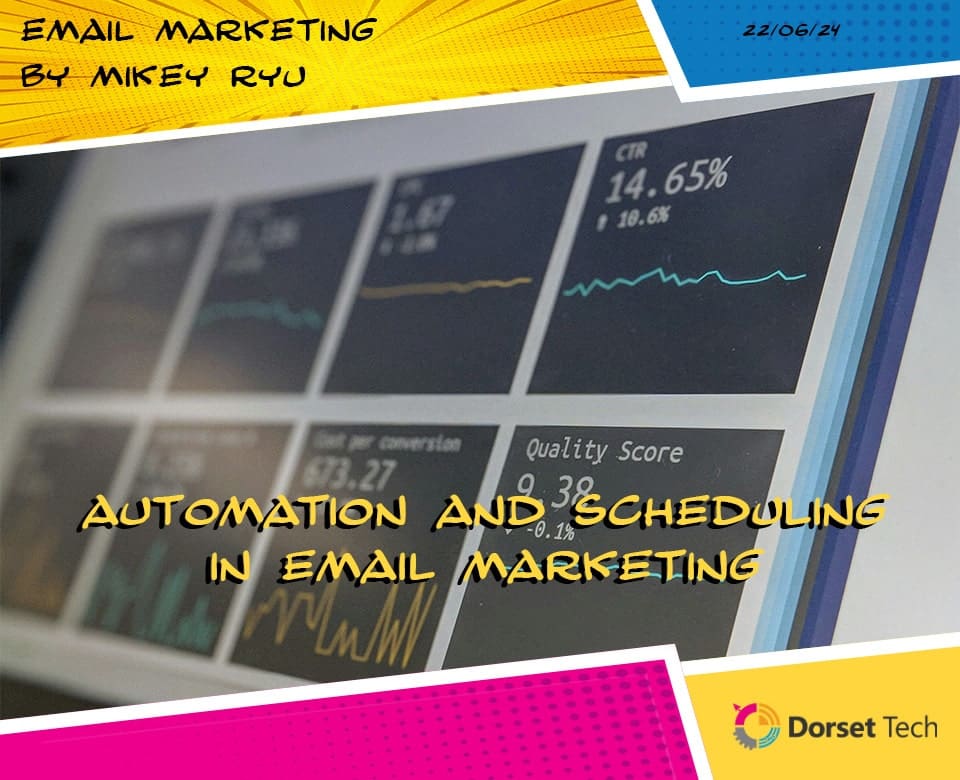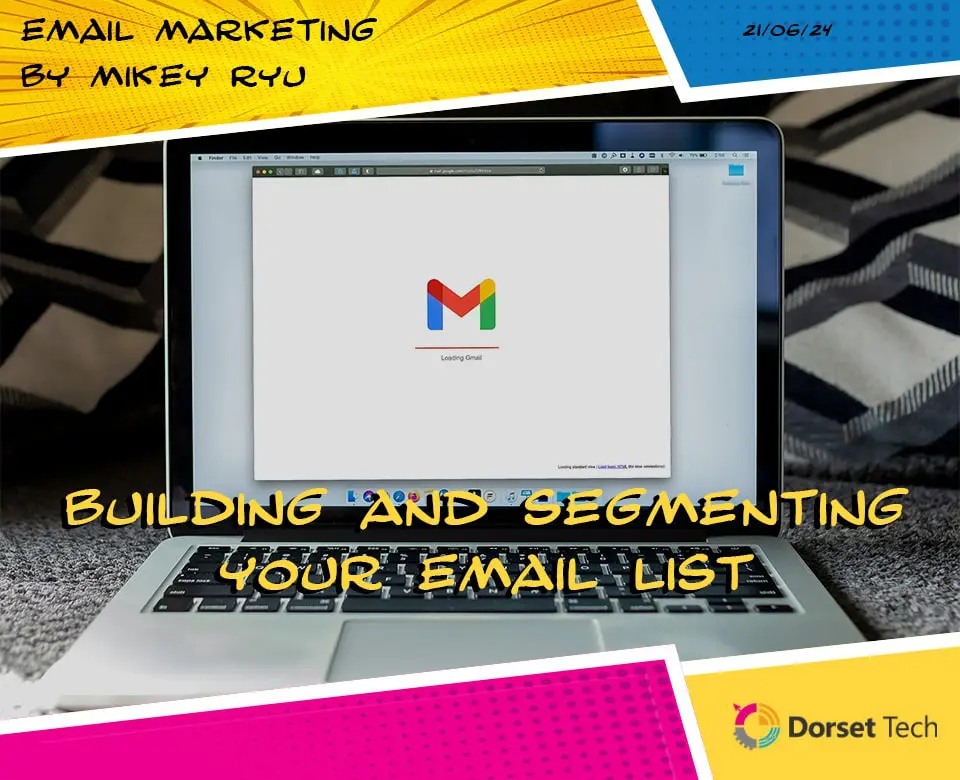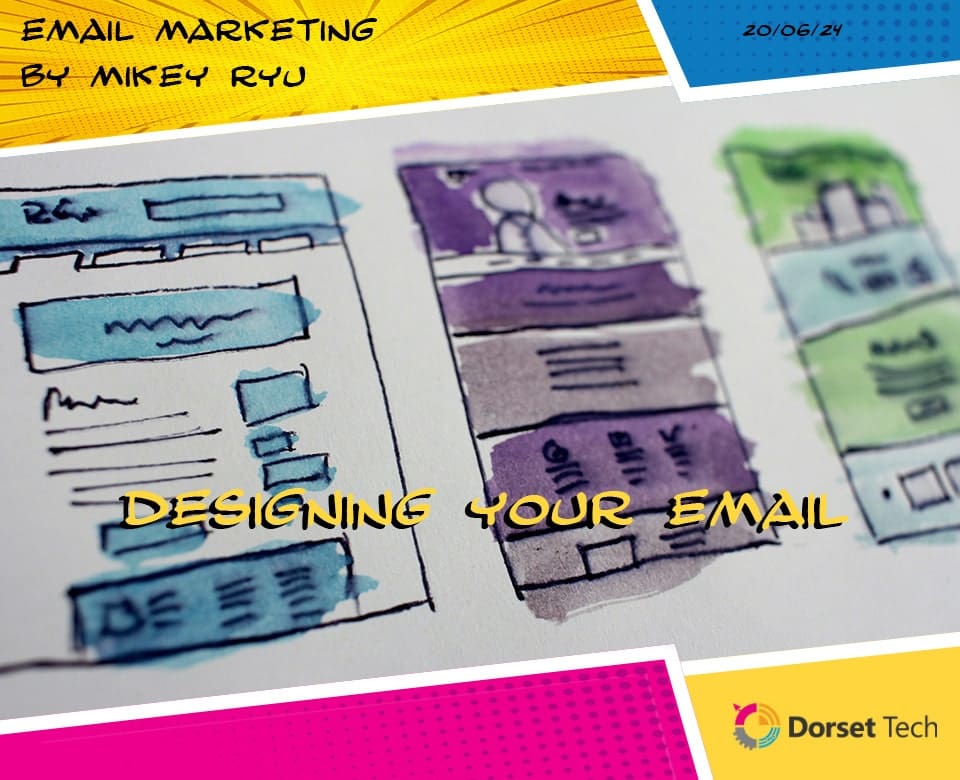
How to Use an Email List
After building a robust email list, the next crucial step is knowing how to use it effectively. An email list is a powerful tool that, when used correctly, can drive engagement, boost sales, and foster customer loyalty. Here’s a comprehensive guide on how to use your email list to achieve these goals.
Understanding Your Audience:
Before you start sending out emails, it’s essential to understand who your subscribers are. Analysing your email list can provide insights into your audience’s demographics, preferences, and behaviours. This understanding will help tailor your communication to meet their needs and expectations.
1. Segmentation:
Divide your email list into smaller, more targeted segments based on criteria such as age, location, purchase history, engagement level, and interests. Segmentation allows for more personalized and relevant communication, increasing the chances of your emails being opened and acted upon.
2. Persona Development:
Develop detailed customer personas that represent the different segments of your email list. These personas will help guide your content creation and ensure your messages resonate with your audience.
Creating Valuable Content:
Content is the backbone of your email marketing strategy. Providing valuable, engaging, and relevant content keeps your subscribers interested and encourages them to take action.
1. Newsletters:
Regular newsletters are a great way to keep your audience informed and engaged. Include a mix of company updates, industry news, and educational content. Make sure your newsletters are visually appealing and easy to read.
2. Promotions and Discounts:
Use your email list to share exclusive promotions and discounts with your subscribers. This not only drives sales but also makes your subscribers feel valued and appreciated.
3. Educational Content:
Share valuable insights, tips, and how-to guides related to your industry. Educational content positions your brand as an authority and provides value to your audience.
4. Personal Stories and Case Studies:
Humanise your brand by sharing personal stories, customer success stories, and case studies. These narratives can build trust and emotional connections with your subscribers.
Engaging Your Audience:
Engagement is key to maintaining a healthy email list. Interactive and engaging content keeps your audience interested and invested in your brand.
1. Surveys and Polls:
Use surveys and polls to gather feedback from your subscribers. This not only helps you understand their preferences better but also makes them feel heard and valued.
2. Interactive Content:
Include interactive elements like quizzes, clickable images, and videos in your emails. Interactive content increases engagement and makes your emails more enjoyable to read.
3. Personalisation:
Personalise your emails by addressing subscribers by their names and tailoring content based on their preferences and behaviors. Personalized emails are more likely to be opened and acted upon.
4. Call-to-Actions (CTAs):
Ensure every email has a clear and compelling CTA. Whether it’s visiting your website, making a purchase, or downloading a resource, a strong CTA guides your subscribers towards the desired action.
Automating Your Email Campaigns:
Automation can save you time and ensure timely and consistent communication with your subscribers. Here’s how to leverage automation in your email marketing strategy:
1. Welcome Series:
Create an automated welcome series for new subscribers. This series should introduce your brand, highlight key offerings, and guide new subscribers on what to expect from your emails.
2. Drip Campaigns:
Set up drip campaigns to nurture leads over time. Drip campaigns are a series of automated emails sent based on specific triggers, such as a subscriber signing up for a webinar or downloading a resource.
3. Behavioral Triggers:
Use behavioral triggers to send personalised emails based on subscriber actions. For example, send a follow-up email after a purchase or a reminder email for abandoned carts.
4. Re-Engagement Campaigns:
Automate re-engagement campaigns to win back inactive subscribers. Offer incentives, ask for feedback, or remind them of the value they’ll receive by staying subscribed.
Analysing and Optimising:
Regular analysis and optimisation are crucial for the success of your email marketing efforts. Track key metrics and use this data to refine your strategy.
1. Key Metrics:
Monitor metrics such as open rates, click-through rates, conversion rates, and unsubscribe rates. These metrics provide insights into how your emails are performing and where improvements can be made.
2. A/B Testing:
Conduct A/B testing on various elements of your emails, such as subject lines, content, CTAs, and send times. A/B testing helps identify what resonates best with your audience and improves overall campaign performance.
3. Feedback Loops:
Pay attention to feedback from your subscribers. Whether it’s direct feedback through surveys or indirect feedback through engagement metrics, use this information to continually improve your emails.
4. Regular Audits:
Perform regular audits of your email list and campaigns. Clean your list by removing inactive subscribers and ensuring compliance with email marketing regulations.
Building Long-Term Relationships:
The ultimate goal of using an email list is to build long-term relationships with your subscribers. Here are some tips to achieve this:
1. Consistency:
Maintain a consistent schedule for sending emails. Consistency builds trust and sets expectations for your subscribers.
2. Transparency:
Be transparent about what subscribers can expect from your emails. Clearly state the type of content and frequency in your sign-up forms and adhere to those promises.
3. Value-Driven Approach:
Focus on providing value in every email. Whether it’s through informative content, exclusive offers, or engaging stories, ensure your emails are worth opening.
4. Community Building:
Foster a sense of community among your subscribers. Encourage them to engage with your brand on social media, participate in events, and share their experiences.
In conclusion, using an email list effectively requires a strategic approach that focuses on understanding your audience, creating valuable content, engaging subscribers, leveraging automation, and continually optimising your efforts. By following these guidelines, you can harness the full potential of your email list and build strong, lasting relationships with your audience.





















